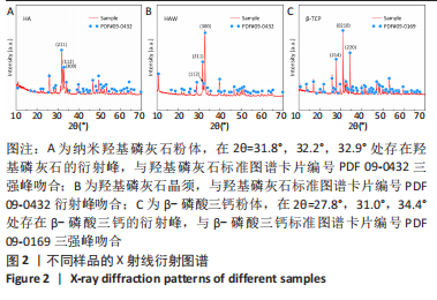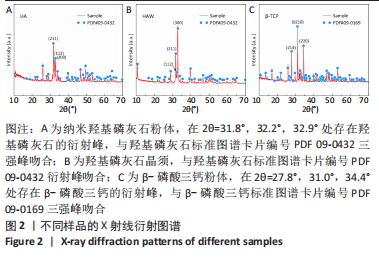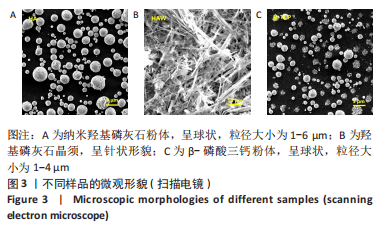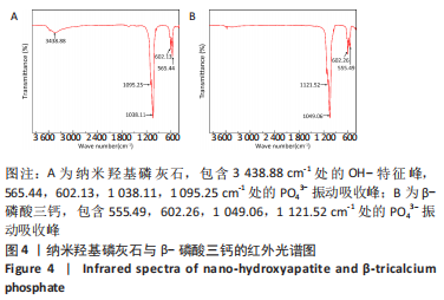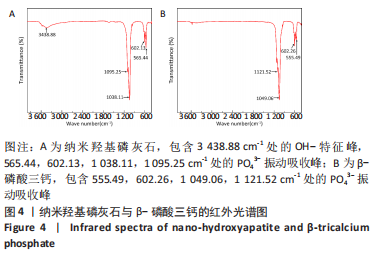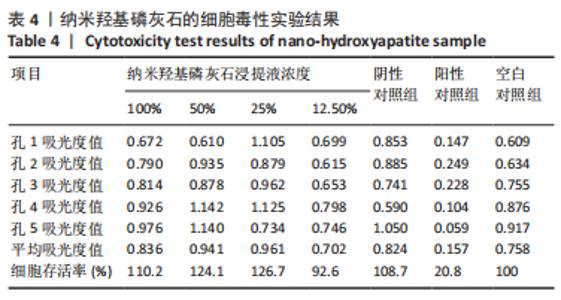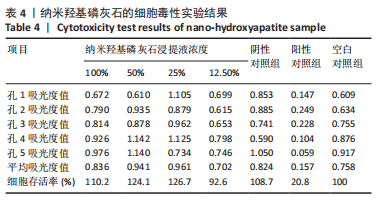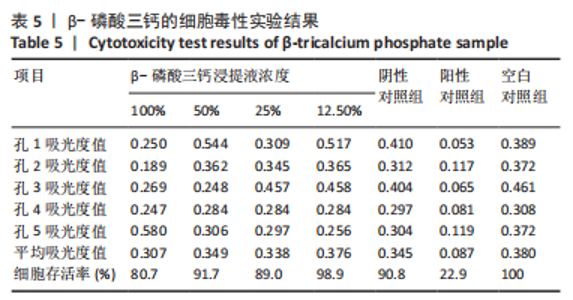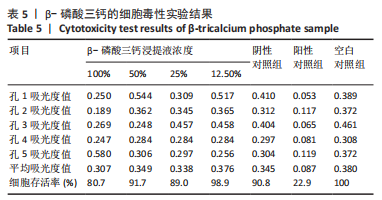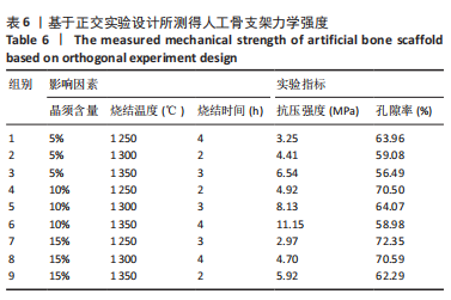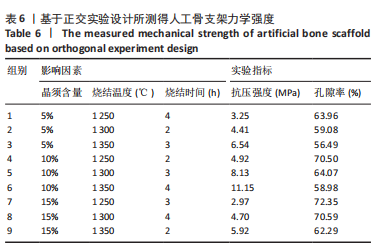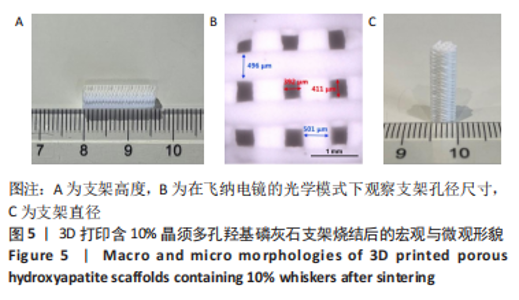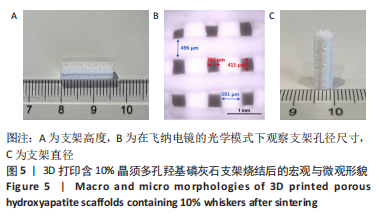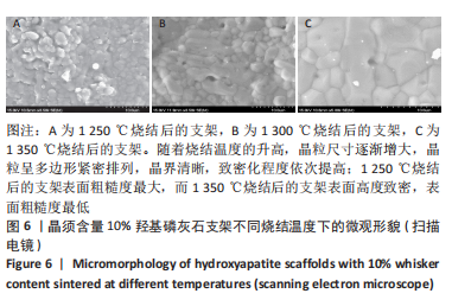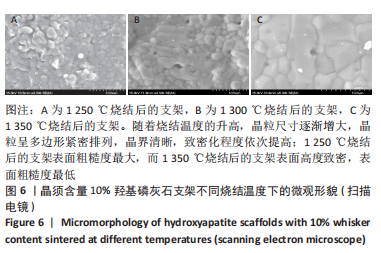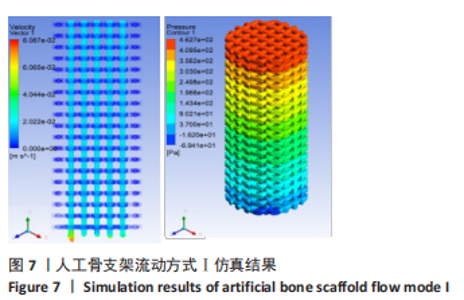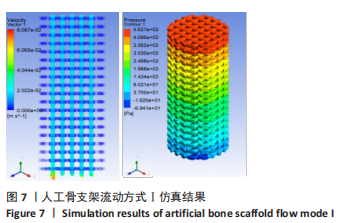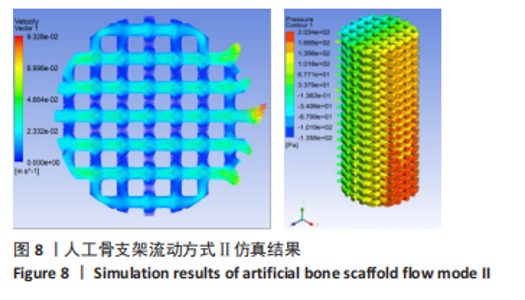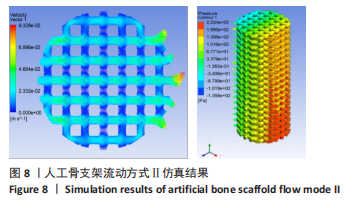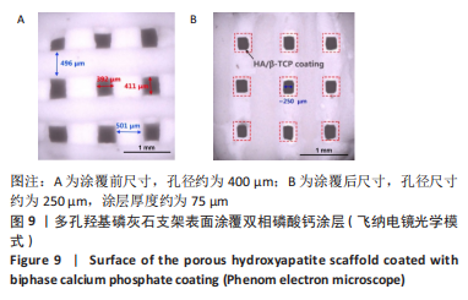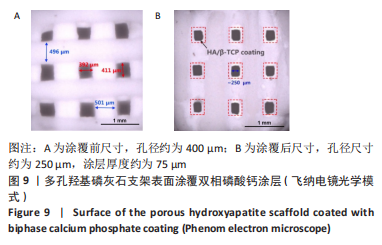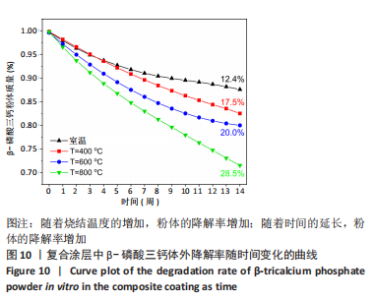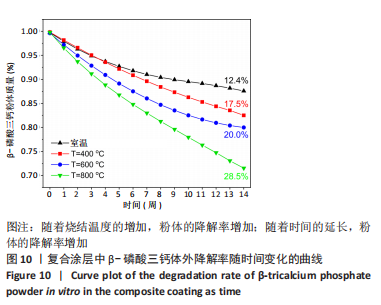[1] JARIWALA SH, LEWIS GS, BUSHMAN ZJ, et al. 3D printing of personalized artificial bone scaffolds. 3D Print Addit Manuf. 2015; 2(2): 56-64.
[2] WEN Y, XUN S, HAOYE M, et al. 3D printed porous ceramic scaffolds for bone tissue engineering: a review. Biomater Sci-UK. 2017;5(9):1690-1698.
[3] 党莹,李月,李瑞玉,等.骨组织工程支架材料在骨缺损修复及3D打印技术中的应用[J].中国组织工程研究,2017,21(14):2266-2273.
[4] 胡超然,邱冰.3D生物打印技术在骨组织工程中的应用[J].中国组织工程研究,2018,22(2):316-322.
[5] PAZARÇEVIREN AE, TEZCANER A, KESKIN D, et al. Boron-doped biphasic hydroxyapatite/β-tricalcium phosphate for bone tissue engineering. Biol Trace Elem Res. 2021;199(3):968-980.
[6] MOFAKHAMI S, SALAHINEJAD E. Biphasic calcium phosphate microspheres in biomedical applications. J Control Release. 2021;338: 527-536.
[7] 陈思奇,先德彬,徐荣胜,等.羟基磷灰石-磷酸三钙支架复合骨髓间充质干细胞和人脐静脉内皮细胞对大鼠颅骨缺损修复早期成血管的影响[J].中国组织工程研究,2021,25(22):3458-3465.
[8] SUZUKI O, SHIWAKU Y, HAMAI R. Octacalcium phosphate bone substitute materials: Comparison between properties of biomaterials and other calcium phosphate materials. Dent Mater J. 2020;39(2): 187-199.
[9] 王小龙,任忠鸣,常 江.铁掺杂羟基磷灰石的制备及在强磁场中的定向研究[J].无机材料学报,2018,33(1):75-80.
[10] KIM HW, KNOWLES JC, KIM HE. Hydroxyapatite and gelatin composite foams processed via novel freezedrying and crosslinking for use as temporary hard tissue scaffolds. J Biomed Mater Res A. 2005; 72A(2):136-145.
[11] GAO CD, DENG YW, FENG P, et al. Current progress in bioactive ceramic scaffolds for bone repair and regeneration. Int J Mol Sci. 2014;15(3): 4714-4732.
[12] CAO L, DUAN PG, WANG HR, et al. Degradation and osteogenic potential of a novel poly (lactic acid)/nano-sized β-tricalcium phosphate scaffold. Int Nanomedicine. 2012;7:5881.
[13] CHE J, WANG H, MA Y, et al. Effects of Mn-doping on the structure and in vitro degradation of β-tricalcium phosphate. Ceram Int. 2021;47(16): 22994-23000.
[14] SHEN C, WANG MM, WITEK L, et al. Transforming the degradation rate of β-tricalcium phosphate bone replacement using 3-dimensional printing. Ann Plast Surg. 2021;87(6):e153-e162.
[15] MOFAKHAMI S, SALAHINEJAD E. Biphasic calcium phosphate microspheres in biomedical applications. J Control Release. 2021;338: 527-536.
[16] 薛双丽,包崇云.骨诱导性双相磷酸钙陶瓷的研究与应用[J].中国组织工程研究,2013,17(47):8235-8241.
[17] SHUAI CJ, CAO YY, GAO C, et al. Hydroxyapatite whisker reinforced 63s glass scaffolds for bone tissue engineering. Biomed Res Int. 2015;2015: 379294.
[18] YI WJ, QIU ZS, HE H, et al. Introduction of Interface Layer on Hydroxyapatite Whisker /Poly(L-lactide) Composite and its Contribution for the Improved Bioactivity and Mechanical Properties. Nanotechnology. 2020;31(21):235703.
[19] XIE L, YU HY, YANG WZ, et al. Preparation, in vitro degradability, cytotoxicity, and in vivo biocompatibility of porous hydroxyapatite whisker-reinforced poly(L-lactide) biocomposite scaffolds. J Biomat Sci-Polym E. 2016;27(6):505-528.
[20] CONVERSE GL, YUE W, ROEDER RK. Processing and tensile properties of hydroxyapatite-whisker-reinforced polyetheretherketone. Biomaterials. 2007;28(6):927-935.
[21] LOH QL, CHOONG C. Three-dimensional scaffolds for tissue engineering applications: role of porosity and pore size. Tissue Eng Part B Rev. 2013;19(6):485-502.
[22] FARZADI A, WARAN V, SOLATI-HASHJIN M, et al. Effect of layer printing delay on mechanical properties and dimensional accuracy of 3D printed porous prototypes in bone tissue engineering. Ceram Int. 2015;41(7):8320-8330.
[23] ROJBANI H, NYAN M, OHYA K, et al. Evaluation of the osteoconductivity ofα-tricalcium phosphate,β-tricalcium phosphate, and hydroxyapatite combined with or without simvastatin in rat calvarial defect. J Biomed Mater Res A. 2011;98(4):488-498.
[24] ZHAO MD, HUANG JS, ZHANG XC, et al. Construction of radial defect models in rabbits to determine the critical size defects. Plos One. 2016;11(1):e0146301.
[25] MURPHY CM, HAUGH MG, O’BRIEN FJ. The effect of mean pore size on cell attachment, proliferation and migration in collagen-glycosaminoglycan scaffolds for bone tissue engineering. Biomaterials. 2010;31(3):461-466.
[26] BOSE S, ROY M, BANDYOPADHYAY A. Recent advances in bone tissue engineering scaffolds. Trends Biotechnol. 2012;30(10):546-554.
[27] DENG Y, LIU X, XU A, et al. Effect of surface roughness on osteogenesis in vitro and osseointegration in vivo of carbon fiber-reinforced polyetheretherketone-nanohydroxyapatite composite. Int J Nanomedicine. 2015;10(1):1425-1447.
|
